Choosing the right lighting solution between high bay lights and low bay lights can significantly impact the functionality, efficiency, and ambiance of a space. Bay lights are indispensable in a variety of settings, from industrial warehouses to retail stores, enhancing visibility and productivity. The introduction of LED technology has revolutionized the lighting industry, offering options like LED high bay lights and LED low bay lights that provide superior illumination, energy savings, and longevity. Understanding the distinct characteristics and advantages of each can guide users in making an informed decision that meets their specific needs.
Bay lights are specialized industrial lighting fixtures designed to illuminate large indoor spaces with varying ceiling heights. These fixtures are commonly used in commercial and industrial environments such as warehouses, manufacturing plants, retail stores, sports arenas, and gymnasiums. Bay lights provide high wattage outputs, enabling them to light up expansive areas from greater heights effectively.
High Bay Lights: An Overview
High bay lights are a crucial component in illuminating spaces with high ceilings, typically ranging from 20 feet to approximately 45 feet. These fixtures are designed to be mounted at greater heights, making them ideal for a variety of industrial and commercial applications. The effectiveness of high bay lights stems from their ability to provide powerful, concentrated illumination over large areas, which is essential in venues with expansive overhead space.
Features of High Bay Lights
High bay lights are known for their robust lumen output, which often starts at 15,000 lumens and can go much higher depending on the specific requirements of the space. These lights generally feature higher wattages, starting from 150W, to maintain adequate illumination from high ceilings. The fixtures are equipped with narrow beam angles, typically between 50 to 120 degrees, to concentrate the light downward, minimizing waste and maximizing the area covered.
Reflectors play a crucial role in high bay lighting, with options like aluminum reflectors directing light straight down to the floor, and prismatic reflectors diffusing light to cover vertical surfaces and other elevated objects effectively. This adaptability makes high bay lights suitable for various settings, ensuring areas are well-lit without excessive glare or shadows.
Application Areas of High Bays
High bay lighting finds its application across a broad spectrum of environments that require high-quality, powerful lighting from significant heights. Common places include warehouses, manufacturing plants, and large retail stores where the ceiling height exceeds 20 feet. These lights are also prevalent in specialized facilities like airport hangars, gymnasiums, and large conference halls.
In industrial settings such as factories and assembly lines, high bay lights enhance visibility and safety, crucial for operational efficiency. Outdoor applications are equally varied, including lighting for mall walkways and amphitheaters, where their high placement does not interfere with the activities below.
By understanding the specific features and applications of high bay lights, industries and facilities can make informed decisions to optimize their lighting solutions, ensuring both energy efficiency and adequate illumination for their sizable spaces.
Low Bay Lights: An Overview
Low bay lights are specifically engineered for environments with ceiling heights under 20 feet, making them a crucial fixture in various indoor settings. These lights are designed to provide optimal illumination without overwhelming the space with excessive brightness or glare, which is essential in creating a comfortable atmosphere for occupants.
Features of Low Bay Lights
Low bay lights are characterized by their broad beam patterns which ensure extensive light coverage even from lower mounting heights. This is particularly beneficial in spaces where intense illumination is required but ceiling heights are restricted. The advent of LED technology has significantly enhanced the performance of these lights, offering increased energy efficiency and a higher lumen output. For instance, LED low bay lights often deliver impressive lumens-per-watt ratios, ensuring that they provide sufficient light while minimizing energy consumption. Additionally, these fixtures are equipped with diffusers that help soften the light, reducing harsh reflections and glare which are common issues in areas with lower ceilings.
Application Areas of Low Bays
The versatility of low bay lights allows them to be used in a multitude of environments. Typical applications include retail stores, small warehouses, and low-ceiling storage areas, where adequate lighting is crucial for both visibility and safety. Public buildings, restaurants, and hospitality facilities also benefit from the softer, more diffuse light provided by low bay fixtures. In industrial settings, such as fabrication shops and parking garages, these lights ensure that every corner is well-lit, enhancing security and operational efficiency. The strategic installation of low bay lights, guided by a well-designed photometric plan, can lead to significant long-term savings in energy costs while ensuring optimal lighting conditions tailored to the specific needs of the space.
Differences in Design and Functionality
Design Specifics
High bay and low bay lighting fixtures are tailored to meet the needs of different environments primarily through their design variations. High bay lights are equipped to handle large spaces with high ceilings, typically ranging from 20 to 45 feet. These fixtures often incorporate specialized reflectors made from materials like aluminum, which direct light downwards to effectively cover the floor area or prismatic components that diffuse light for illuminating vertical surfaces and elevated objects. Commonly, high bay lighting fixtures can be mounted using various methods such as chains, pendants, or direct ceiling attachments, accommodating the architectural demands of large industrial and commercial spaces.
In contrast, low bay lights are designed for areas with ceiling heights between 12 and 20 feet. These fixtures generally feature broader beam angles of about 120° and include diffusers or lenses that spread light widely to prevent glare and ensure uniform light distribution across smaller, more confined spaces. The mounting options for low bay lights are typically closer to the ceiling surface, such as bracket mounting or direct surface mounting, which aids in maximizing light spread and minimizing shadow areas in places like retail stores and workshops.
Functional Differences
Functionally, the two types of lighting systems differ significantly in their energy usage and illumination capabilities. High bay lights are powerful, often exceeding 100 watts, to compensate for the greater distance their light must travel. This high output ensures that light reaches the ground with sufficient intensity to maintain visibility and safety in expansive areas. The beam angles for these lights vary, with narrower options like 60° or 90° focusing light directly downwards, which is ideal for areas requiring high lux levels on the floor.
Low bay lights, however, are generally less than 100 watts, reflecting their application in environments with lower ceilings where intense light is not necessary. Their wider beam angle helps in covering a broad area effectively without the discomfort of glare, making them suitable for places where people spend considerable amounts of time. This setup not only contributes to energy efficiency but also enhances comfort by providing a well-lit environment without the harshness of overly concentrated beams.
By understanding these design and functional differences, facilities can better decide on the appropriate lighting solution that aligns with their specific needs, whether it's for a high-ceiling warehouse or a cozy restaurant setting.
Operational Costs
Initial Costs
The initial cost of implementing LED high bay and low bay lights is notably higher than traditional lighting systems. This initial expense is a significant consideration for businesses, as LED fixtures can be more costly upfront. For instance, replacing traditional high bay lights with LED alternatives in a warehouse setting might involve an initial investment of $100 per fixture, leading to a total of $5,000 for fifty fixtures. Despite these higher initial costs, it is crucial for decision-makers to evaluate the long-term financial benefits these lights offer, including energy savings and lower maintenance costs.
Operational and Long-Term Costs
LED lighting technology stands out in operational and long-term cost savings due to its superior energy efficiency and durability. For example, converting from Metal Halide fixtures to LED high bay lights can reduce energy consumption by 40%-60%, translating into significant cost savings. In a hypothetical scenario, a warehouse replacing fifty 300W Metal Halide fixtures with 150W LED high bay lights could save approximately $3,285 annually on energy costs alone. Additionally, the long lifespan of LED lights, which can extend up to 50,000 hours, drastically cuts down maintenance costs. Over a decade, the return on investment (ROI) for LED high bay lights can exceed 700%, illustrating the substantial long-term savings despite the initial higher investment. Moreover, businesses may also benefit from utility rebates which further shorten the payback period, making LED lights a financially sound choice in the long run.
Energy Considerations
Power Usage
The transition to LED lighting, particularly through retrofit kits, marks a significant reduction in energy usage compared to traditional lighting solutions like HID or fluorescent lights. This shift not only lowers energy costs over time but also enhances the efficiency of lighting systems in various environments. LED high bay and low bay fixtures are noted for their exceptional energy efficiency. The type of bulb used in these fixtures plays a crucial role in determining their energy efficiency, making LEDs a superior choice for both high bay and low bay applications. Moreover, integrating smart lighting components such as dusk-to-dawn photocells, motion sensors, and dimmers can further optimize energy usage. These components ensure that the lighting operates at full power only when necessary, thereby conserving energy and reducing costs.
Sustainability
LED lighting is increasingly favored over traditional options due to its lower environmental impact. These lights do not contain mercury and produce less waste, thanks to their longer lifespan. By upgrading to LED lights, businesses not only reduce their energy consumption but also their carbon footprint, contributing to a more sustainable operation. The adaptability of LED lights to retrofitting also means that existing fixtures can be upgraded without the need for complete replacements, which reduces waste and extends the lifecycle of the initial investment. This approach not only supports sustainability efforts but also provides significant long-term financial benefits by minimizing the need for frequent replacements and maintenance.
How to Choose Between High Bay or Low Bay Lights
Assessing Lighting Needs
When selecting between LED high bay and low bay lights, it is essential to first determine the specific lighting requirements of your space. This involves understanding the foot-candle (fc) requirements for various areas within your facility. For instance, general warehousing may need 30-50 fc, while more detail-oriented tasks in assembly areas might require 75-100 fc. Additionally, consider the wattage needed per square footage and the color temperature that best suits the activities performed in your space. High bay lights, typically used in spaces with ceilings 20 to 45 feet high, should be selected based on their ability to provide concentrated light from a greater height. Factors such as mounting height and type (surface-mounted or suspended) also play a critical role in ensuring the lights meet the operational demands of the space.
Environmental Factors
The environment of your space significantly influences whether high bay or low bay lighting is more appropriate. High bay lighting is ideal for large, expansive areas where the ceilings are high, such as warehouses or manufacturing facilities. These fixtures are designed to project light downwards and cover large areas effectively. On the other hand, low bay lights are better suited for spaces with lower ceilings (under 20 feet) such as retail stores or workshops, where a broader light distribution is necessary to illuminate the space evenly without causing glare or discomfort.
For businesses considering LED high bay lights, it is crucial to understand the spacing requirements to avoid inadequate lighting or excessive energy costs. The spacing should be calculated based on the height of the ceiling and the intensity of light needed, ensuring all areas are well-lit without dark spots. This strategic placement not only enhances the efficiency of the lighting system but also contributes to a safer and more productive working environment.
By carefully considering these factors, businesses can choose the most appropriate lighting solution, optimizing both the functionality and the energy efficiency of their lighting system.
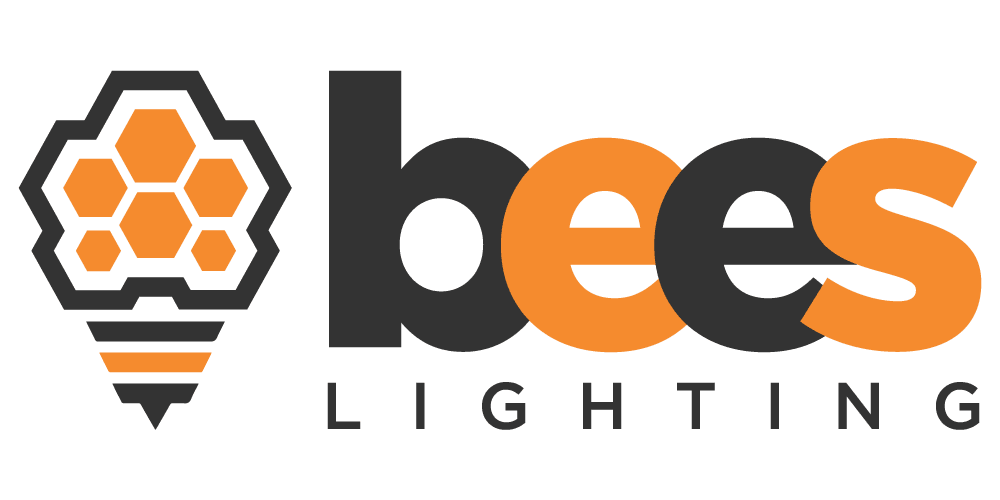

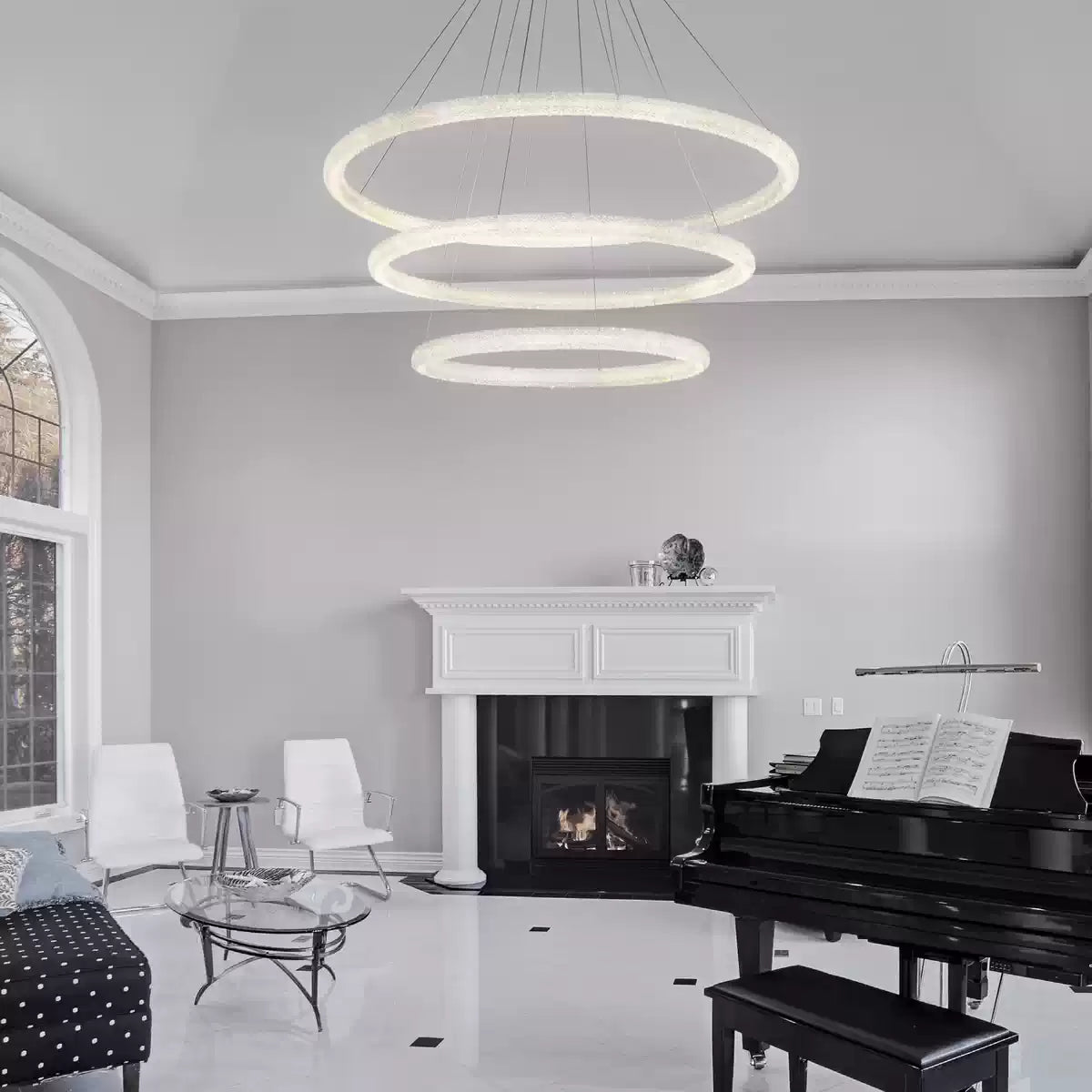
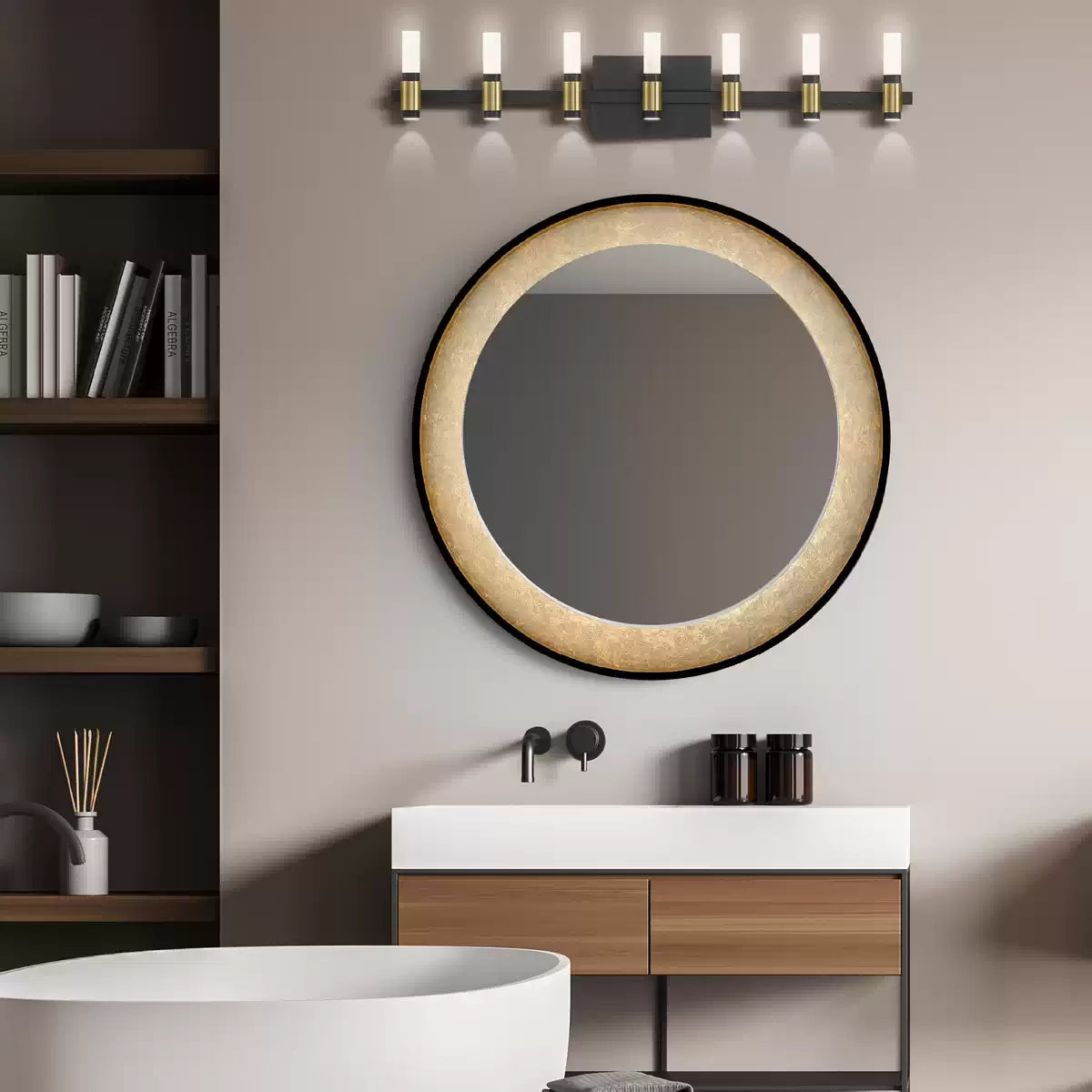
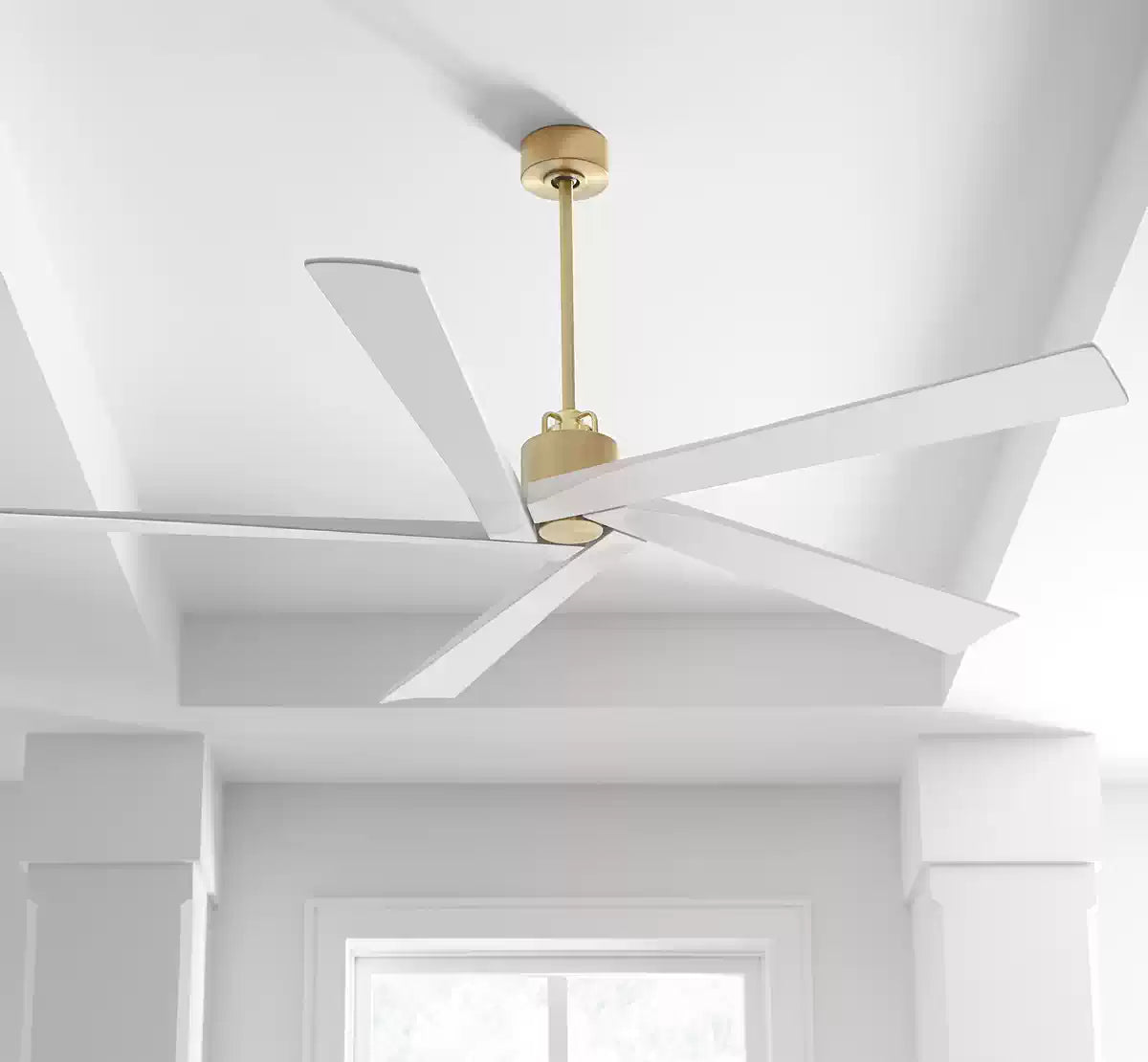
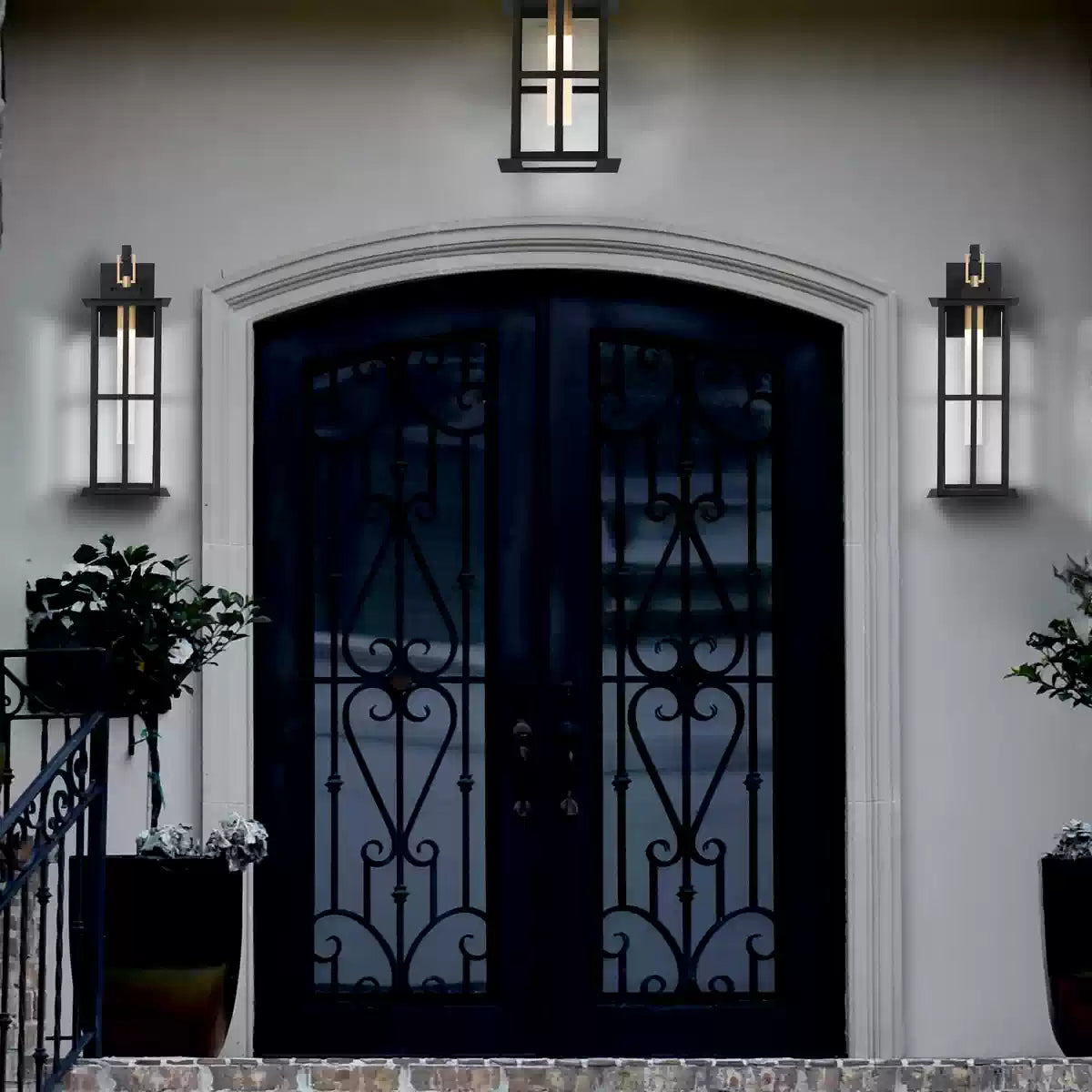
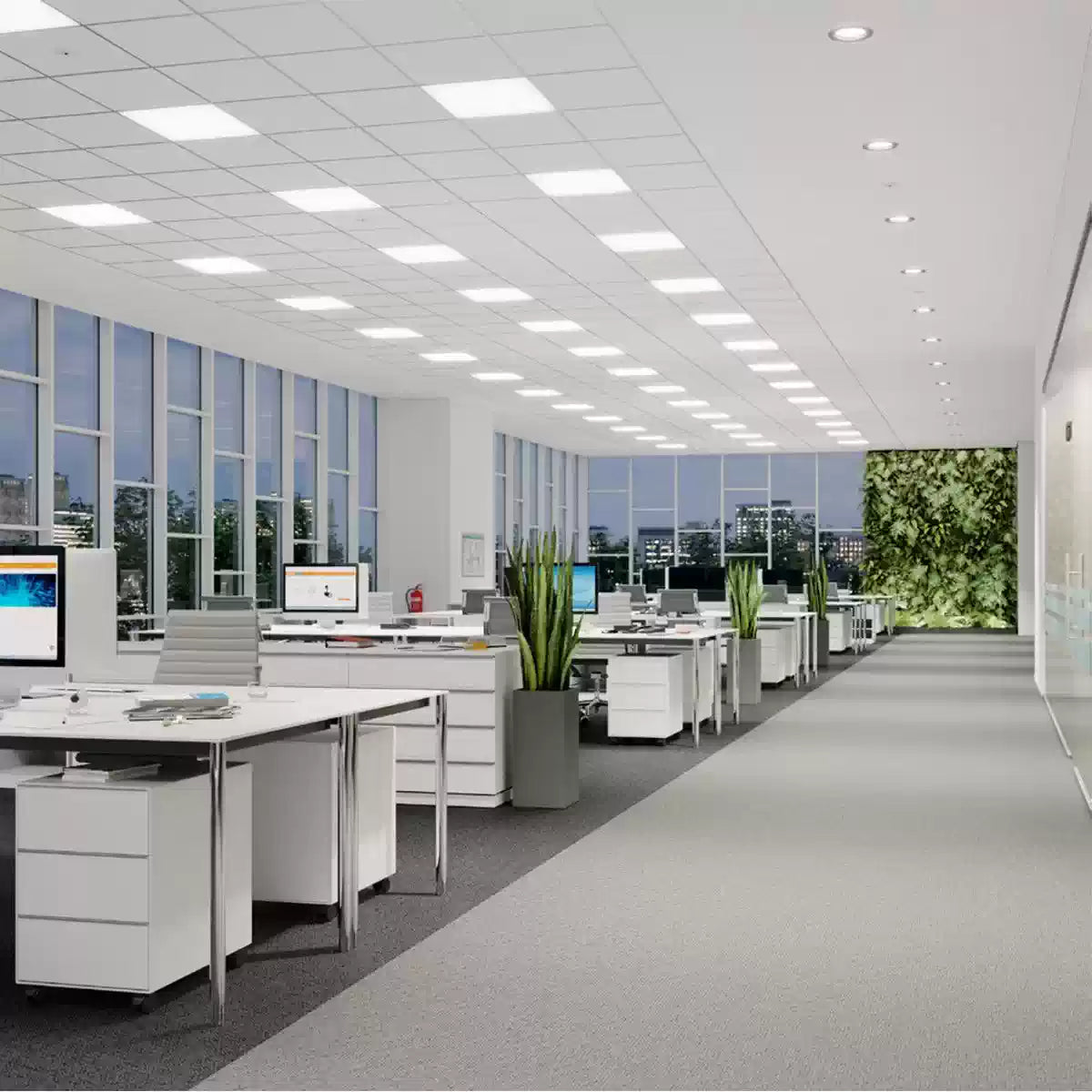
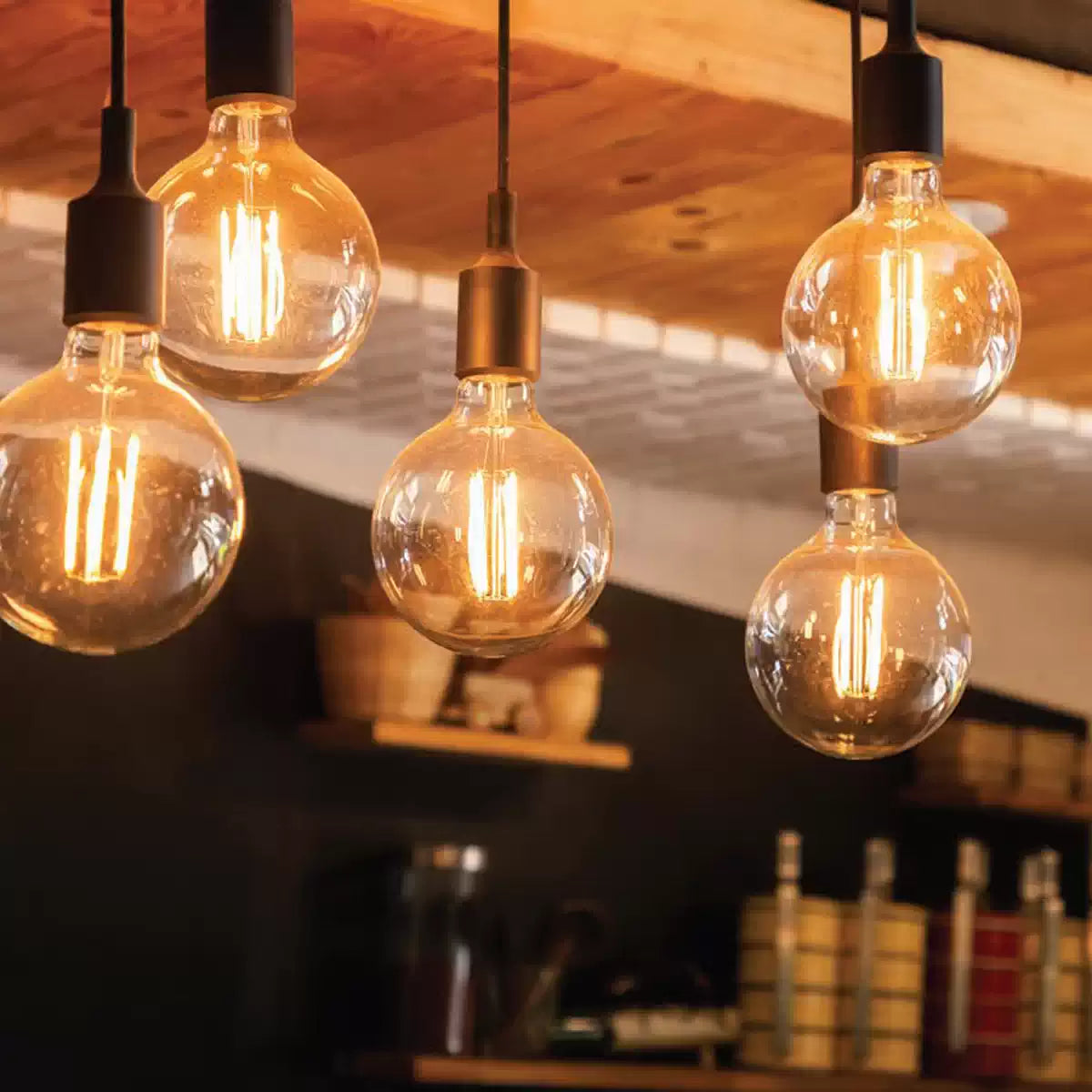


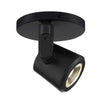





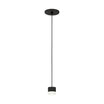
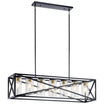


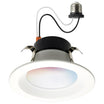



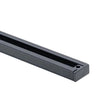
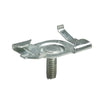


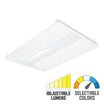
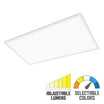
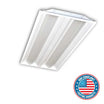







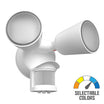


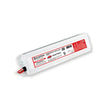
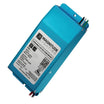
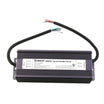

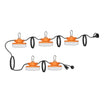

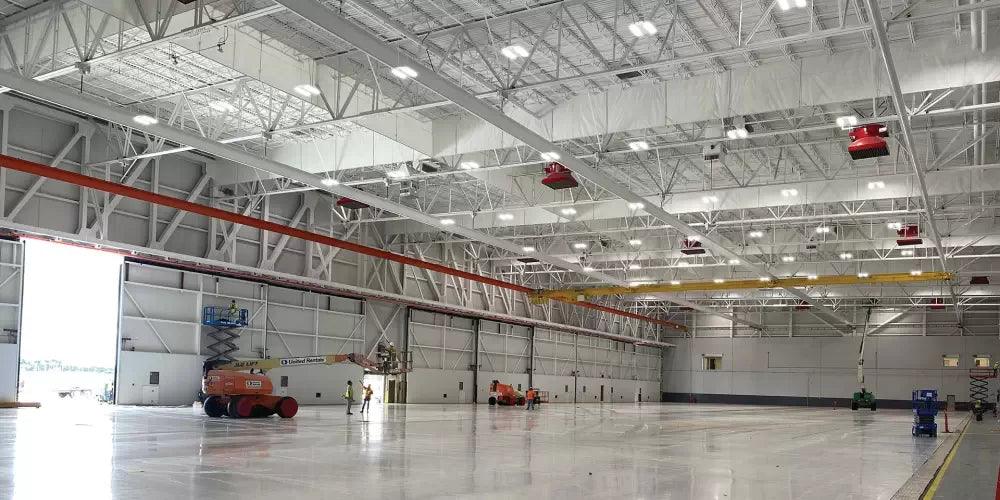
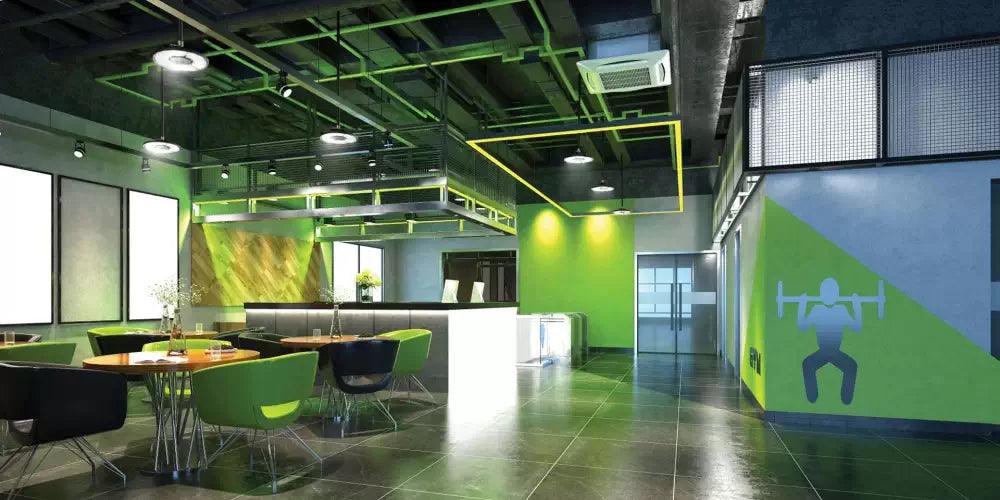
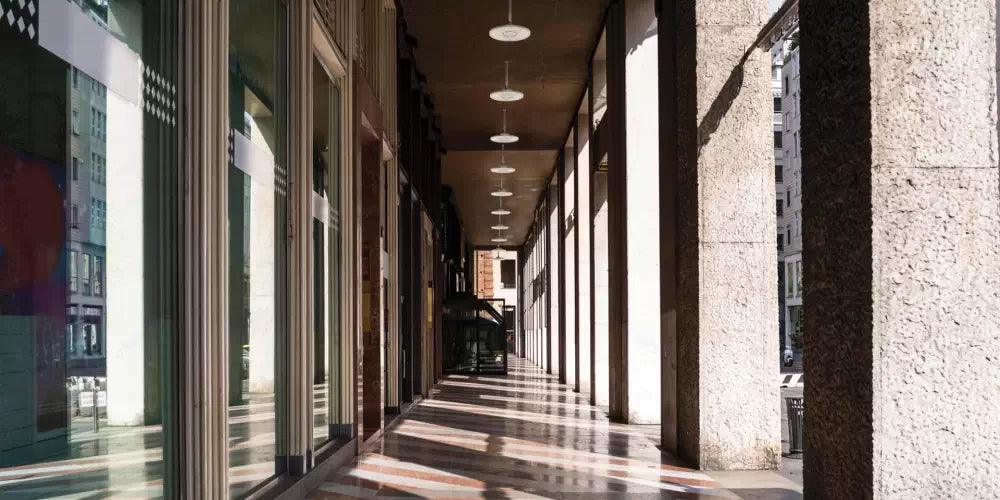
Leave a comment
All comments are moderated before being published.
This site is protected by hCaptcha and the hCaptcha Privacy Policy and Terms of Service apply.